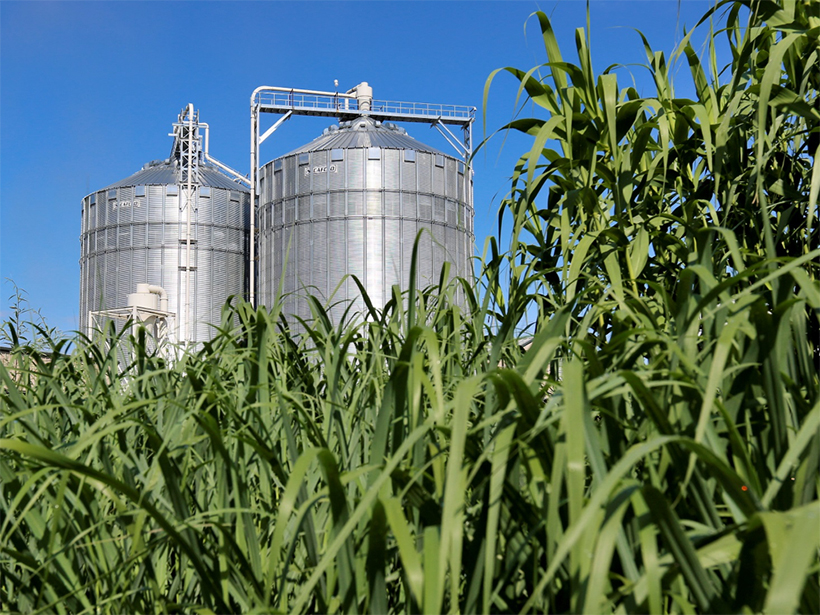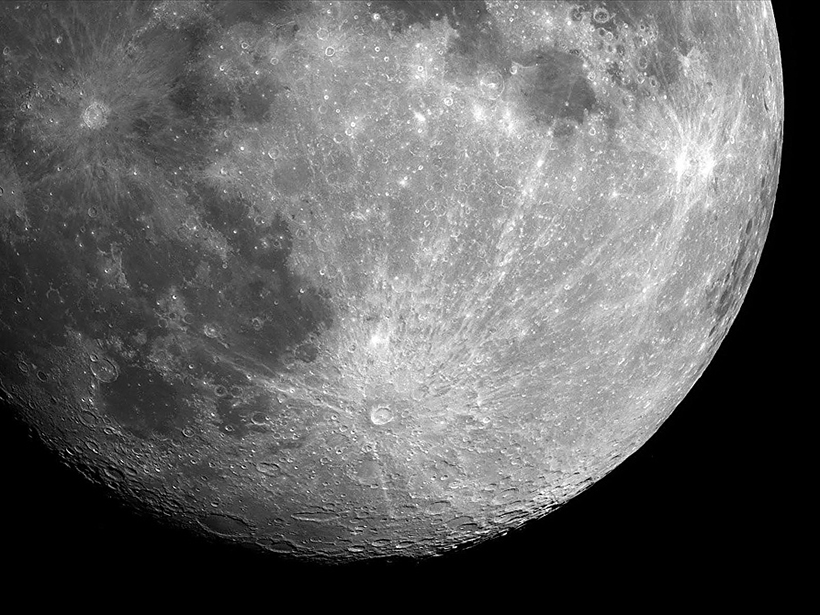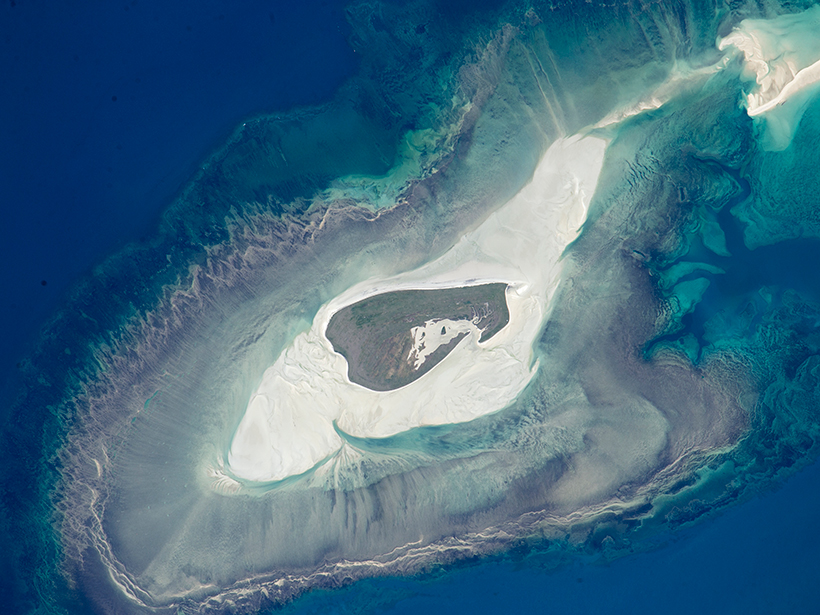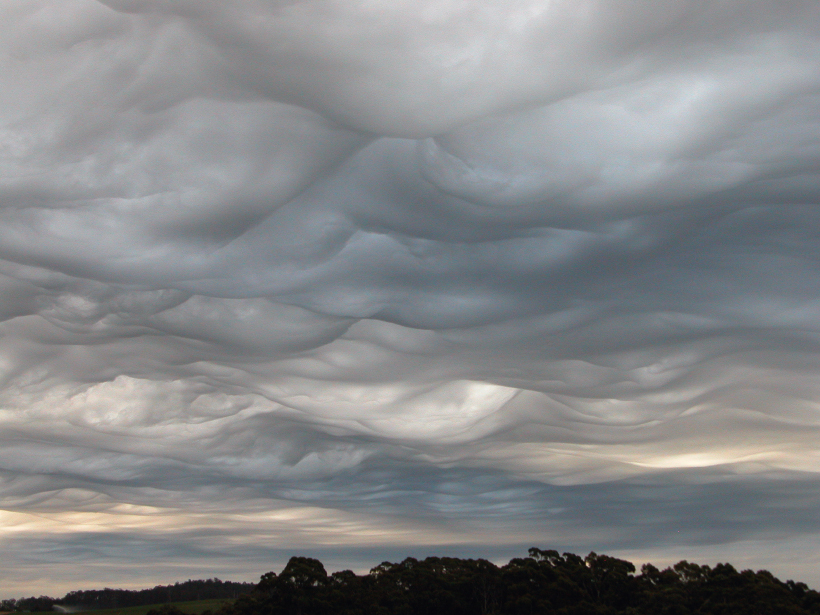A recent paper in Reviews of Geophysics examined the increasing incidence of seismic events caused by industrial activities.
CC BY-NC-ND 2017
Strong NSF Funding Favored by House Spending Committee
Although the federal budget request lowers the agency’s funding by 11%, a House appropriations committee chair declared at a hearing his panel’s commitment to U.S. leadership in fundamental research.
Removing Carbon from the Ground Up
Massive plantations for storing carbon and growing biofuel won’t achieve the Paris Agreement’s “2-degree guardrail,” but they could help.
Climate and Ocean Science Builds for the Future
Second WCRP/CLIVAR Open Science Conference: Charting the Course for Climate and Ocean Research; Qingdao, China, 18–25 September 2016
Impacts of “Bomb” Cyclones Reach the Ocean Floor
Japanese researchers study explosive cyclones with models to simulate decades of ocean circulation data.
Ocean Currents Push Mainland Pollution to Remote Islands
Marine protected areas, set up to conserve marine ecosystems and species, accumulate pollutants swept in from mainland shores by ocean currents.
Meteorites Mix Moon’s Surface at Both Small and Large Scales
A three-dimensional model of material transport suggests that impact cratering can mix lunar soils across distances of more than 100 kilometers.
USGS Funding Slashed 15% in Proposed Federal Budget
Requested fiscal year 2018 spending levels support energy and mineral resources programs but make deep cuts to climate programs and many other areas.
Can Ocean Tides Be Powerful Indicators of Climate Change?
A new study simulates how ocean warming due to climate change will affect the electromagnetic signal emitted by ocean tides over the next century.
Science Explains “Rough and Chaotic” Cloud Feature
Research on the newest entry in the International Cloud Atlas produces insights into what these cloud features are made of and how they form.










